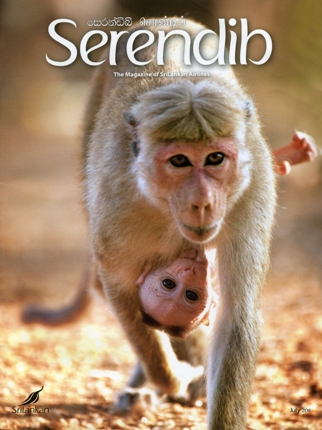Primates and Economic Development
8 Mar 2011. Government economists seek scientific guidance in reducing human-monkey conflict, following inappropriate procedures.
The Sri Lanka Department of Economic Development, Community Development and Livelihood Improvement Project, under the Gemidiriya Foundation and funded by the World Bank, has put a stop to recent translocations of monkeys. They have invited scientific input following irregularities in the translocation of macaques from the wet-zone hills of Badulla, Sri Lanka, into the lowland dry-zone Maduru Oya National Park. The translocation was intended to remove crop-raiding macaques from villages near Badulla. However, the intervention did not follow IUCN guidelines, resulted in monkey deaths as well as the release monkeys of one subspecies into the habitat of another – a step that undermines genetic biodiversity. At a meeting with representatives of the World Bank, Department of Wildlife Conservation, the universities, and the Department of Economic Development, Dr. Dittus had reviewed the rationale for different methods to ameliorate human-monkey conflict and presented a plan that would reduce such conflict in the short and long terms without involving translocation or other methods inimical to monkeys and humans alike.





